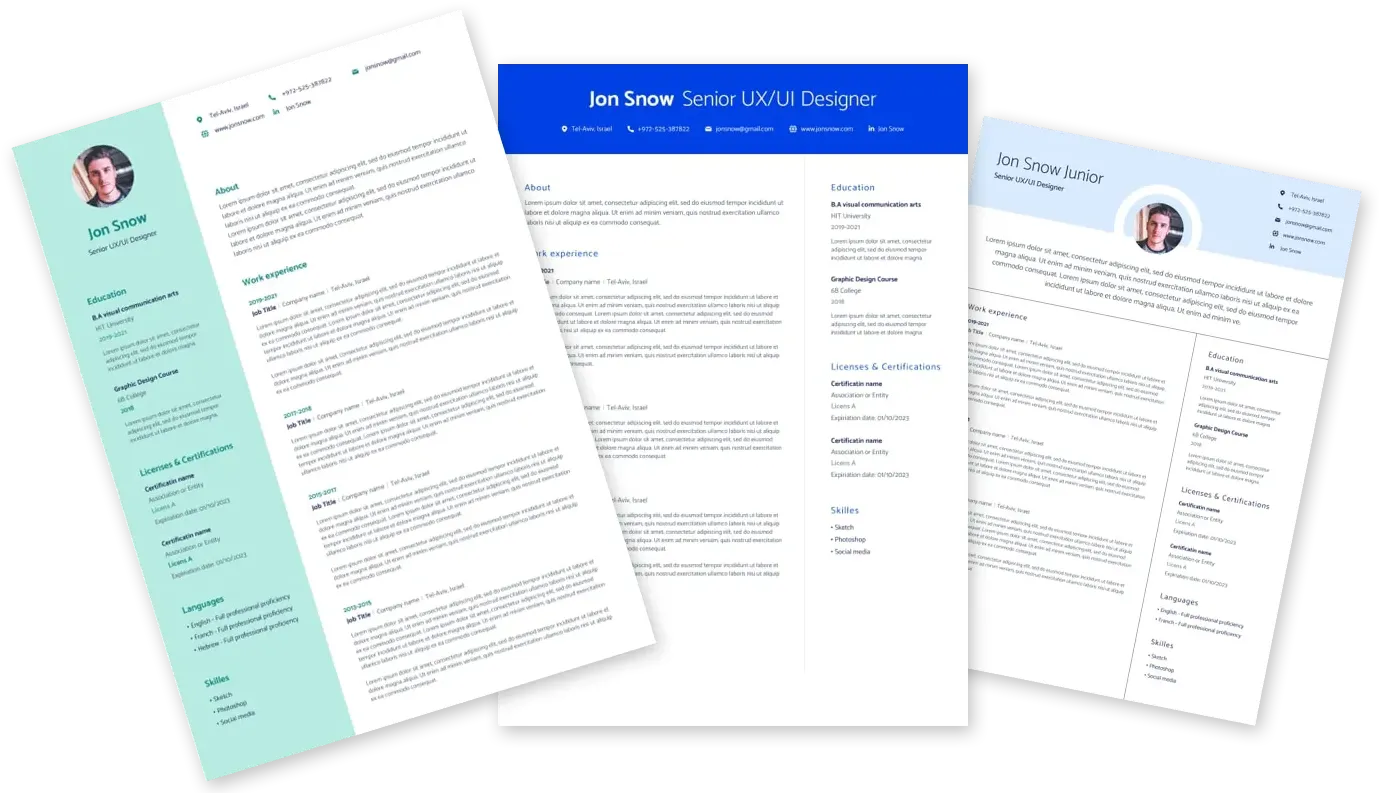

Nvidia Research Scientist Robotics - New College Grad United States, Washington, Seattle 903161936
- US, WA, Seattle
- time type
- Full time
- posted on
- Posted 2 Days Ago
- job requisition id
What you will be doing:
Developing algorithms, models, and methods for robotic manipulation and loco-manipulation, for both industrial and household applications;
Integrating these methods into real-world robotic manipulation systems, including those consisting of collaborative robot arms, industrial robot arms, mobile manipulators, humanoids, and dexterous hands;
Contributing to multi-person research projects that require a diverse set of skills across the robotics and machine learning stack;
Engaging with the academic community through high-impact publications, conferences, workshops, and code releases;
Collaborating with product managers and engineering teams to transfer your research into NVIDIA products that will have real-world impact;
Mentoring interns joining NVIDIA during their PhD programs.
What we need to see:
Completing a PhD in Robotics, Machine Learning, Computer Science, Electrical Engineering, Mechanical Engineering, or a related field (or equivalent experience).
A strong research track record, with work published in top robotics and AI conferences and journals such as RSS, CoRL, ICRA, IROS, IJRR, T-RO, NeurIPS, ICML, ICLR, CVPR, ICCV, ECCV, and EMNLP.
Exceptional programming skills in Python, as well as proficiency in modern deep learning frameworks (PyTorch or JAX), robotics frameworks (ROS or ROS2), and physics simulation frameworks (Isaac Sim/Lab or MuJoCo). Familiarity with C++, CUDA, and Warp is a plus.
Exceptional communication, collaboration, and interpersonal skills, with significant experience working on teams.
Comfort in working through the complexities of simulation and real-world robotics, including debugging physics simulators and renderers under rapid development; selecting, setting up, maintaining, and enhancing complex robotics hardware; debugging real-world communication systems; and designing robust workflows for model training and evaluation.
The following research areas and applications are of particular interest:
Bimanual and dexterous manipulation
Mobile manipulation and humanoid loco-manipulation
Multisensory perception (e.g., vision, tactile, and force/torque sensing)
Simulation, sim-to-real, and real-to-sim
Vision-language-action(VLA) models, including architectural advancements, large-scale training, and test-time reasoning
Industrial applications, such as bin-picking, kitting, and assembly
The Seattle Robotics Lab is currently located near the University of Washington and is moving to a new office in the vibrant Fremont neighborhood in 2026.
You will also be eligible for equity and .
משרות נוספות שיכולות לעניין אותך
